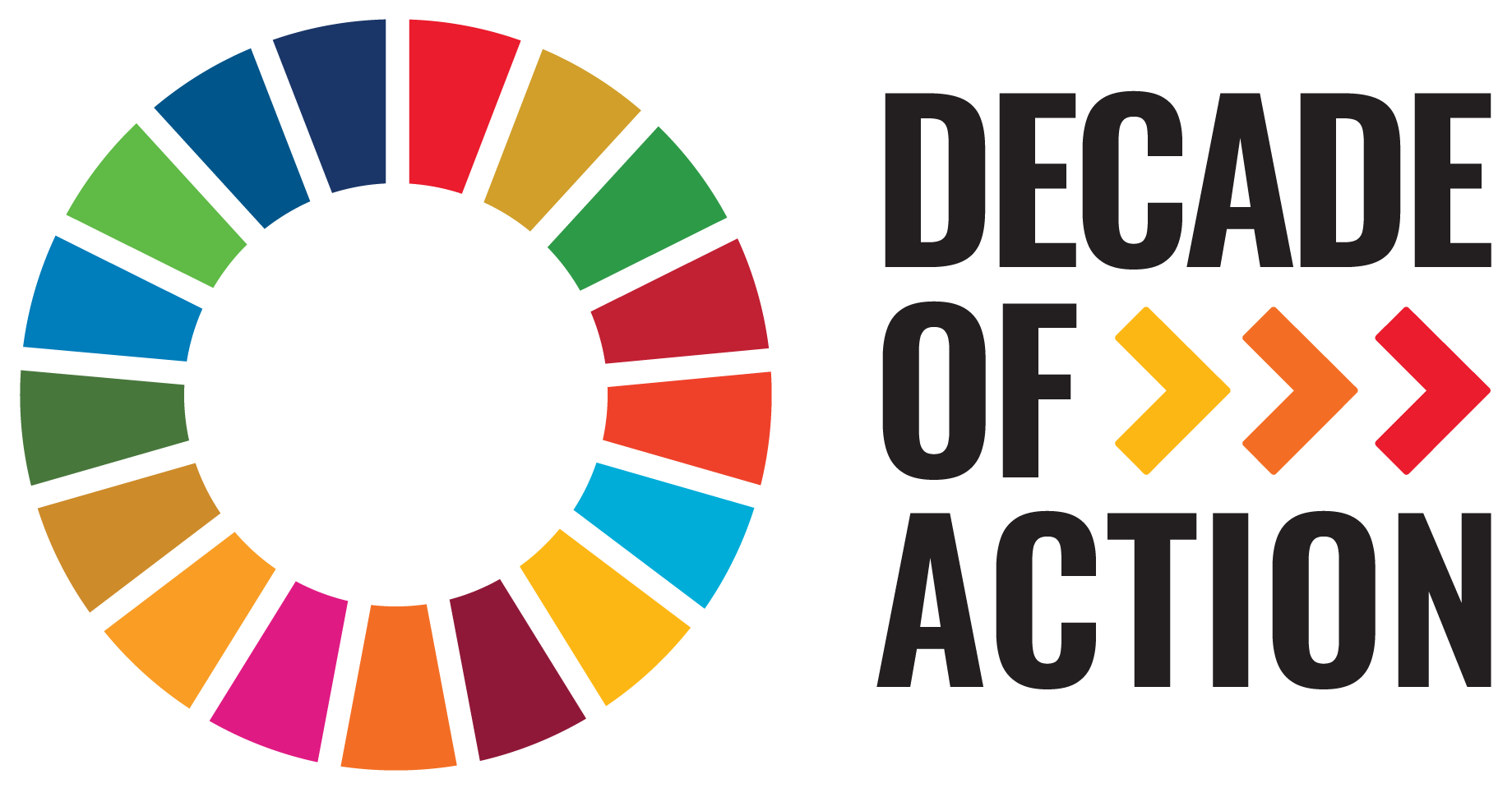| dc.contributor | Industry and Economy Division | en_US |
| dc.contributor.author | United Nations Environment Programme | |
| dc.contributor.other | Global Mercury Partnership | |
| dc.date.accessioned | 2016-12-14T05:36:18Z | |
| dc.date.available | 2016-12-14T05:36:18Z | |
| dc.date.issued | 2010-04 | |
| dc.identifier.uri | https://wedocs.unep.org/20.500.11822/12318 | |
| dc.description | Tailings are a common consequence of metal ore mining. Depending on the mineralogy of the mined ore and the process employed the tailings may contain elevated concentrations of toxic pollutants among them mercury. Metal ores that frequently contain mercury as an impurity include gold, silver, copper and zinc. Here mercury in most cases may occur as a sulphide but also elemental mercury may be found. At several stages of the ore processing mercury may be mobilized and released into the environment, most notable in gaseous form during roasting, smelting and refining operations. A part of the mercury remains in the liquid and solid phases that after processing are dumped in tailings. Mercury may also be found in tailings from gold and silver amalgamation. It is estimated that the application of this method in the past 500 years released around 300,000 t mercury to tailings and other environmental media. | |
| dc.description.uri | http://www.unep.org/chemicalsandwaste/Portals/9/Mercury/Waste%20management/MercuryWaste%20final_signed.pdf | |
| dc.format | Text | |
| dc.language | English | |
| dc.rights | Public | |
| dc.subject | mercury | en_US |
| dc.subject | mining | en_US |
| dc.title | Technical and Economic Criteria for Processing Mercury-Containing Tailings: Final Report | |
| dc.type | Reports, Books and Booklets | en_US |
| wd.identifier.sdg | SDG 3 - Good Health and Well-being | en_US |
| wd.identifier.pagesnumber | 146 p. | en_US |


